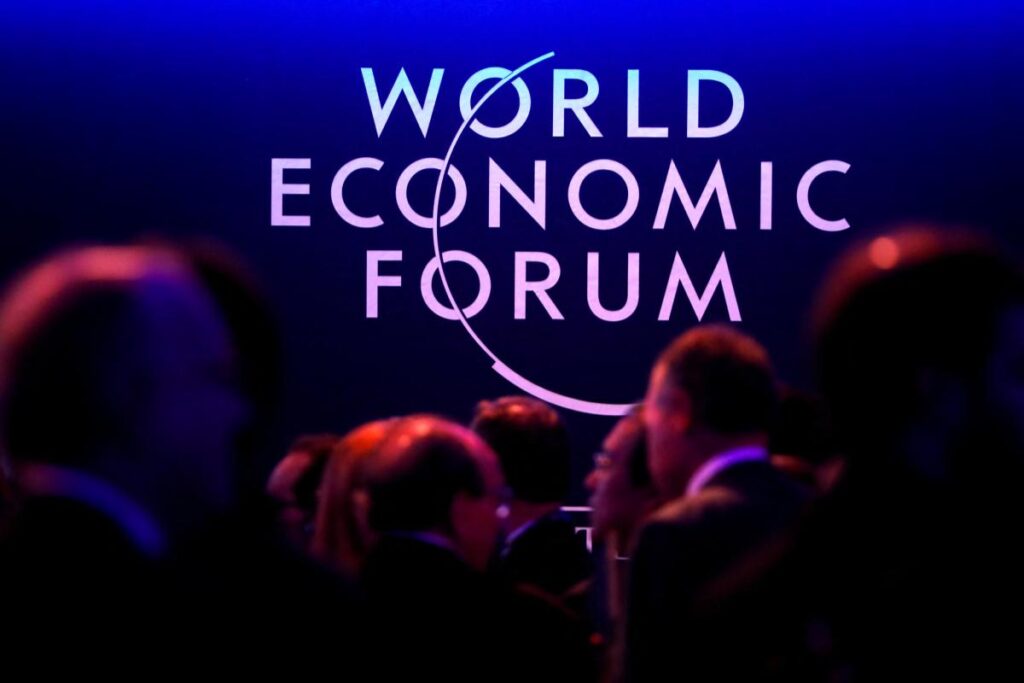As 2022 begins, COVID-19 and its economic and societal consequences continue to pose a critical threat to the world. Vaccine inequality and a resultant uneven economic recovery risk compounding social fractures and geopolitical tensions. In the poorest 52 countries— home to 20% of the world’s people—only 6% of the population had been vaccinated at the time of writing.
By 2024, developing economies (excluding China) will have fallen 5.5% below their pre-pandemic expected GDP growth, while advanced economies will have surpassed it by 0.9%—widening the global income gap.
The resulting global divergence will create tensions— within and across borders—that risk worsening the pandemic’s cascading impacts and complicating the coordination needed to tackle common challenges including strengthening climate action, enhancing digital safety, restoring livelihoods and societal cohesion and managing competition in space.
The Global Risks Report 2022 presents the results of the latest Global Risks Perception Survey (GRPS), followed by an analysis of key risks emanating from current economic, societal, environmental and technological tensions. The report concludes with reflections on enhancing resilience, drawing from the lessons of the last two years of the COVID-19 pandemic. The key findings of the survey and the analysis are summarized below.
.
.
Global risks perceptions highlight societal and environmental concerns
Asked to take a view of the past two years, respondents to the GRPS perceive societal risks—in the form of “social cohesion erosion”, “livelihood crises” and “mental health deterioration”—as those that have worsened the most since the pandemic began. Only 16% of respondents feel positive and optimistic about the outlook for the world, and just 11% believe the global recovery will accelerate. Most respondents instead expect the next three years to be characterized by either consistent volatility and multiple surprises or fractured trajectories that will separate relative winners and losers.
For the next five years, respondents again signal societal and environmental risks as the most concerning. However, over a 10-year horizon, the health of the planet dominates concerns: environmental risks are perceived to be the five most critical long-term threats to the world as well as the most potentially damaging to people and planet, with “climate action failure”, “extreme weather”, and “biodiversity loss” ranking as the top three most severe risks. Respondents also signaled “debt crises” and “geoeconomic confrontations” as among the most severe risks over the next 10 years.
Technological risks—such as “digital inequality” and “cybersecurity failure”—are other critical short- and medium-term threats to the world according to GRPS respondents, but these fall back in the rankings towards the long term and none appear among the most potentially severe, signaling a possible blind spot in risk perceptions.
The 2021-2022 GRPS included a question on international risk mitigation efforts. “Artificial intelligence”, “space exploitation”, “cross-border cyberattacks and misinformation” and “migration and refugees” are the areas where most respondents believe the current state of risk mitigation efforts fall short of the challenge—that is, efforts are “not started” or in “early development”. Meanwhile, for “trade facilitation”, “international crime” and “weapons of mass destruction”, large majorities perceived risk mitigation efforts to be “established” or “effective”.
.
December 18, 2022 Published by The Insight Report 17th Edition. (Download Report PDF).







